Introduction: In this article, Gena Philibert-Ortega writes about the family history challenge of researching your ancestors’ lives when they were children. Gena is a genealogist and author of the book “From the Family Kitchen.”
My sons have had the opportunity to visit more cemeteries and hear more genealogy presentations than most family historians. They’ve been a captive audience as I give genealogy talks to conferences, societies, and libraries. They even have a few of my genealogy presentations memorized. Unimpressed by the family history topics I cover, my youngest always asks: “why don’t you ever talk about researching kids?”
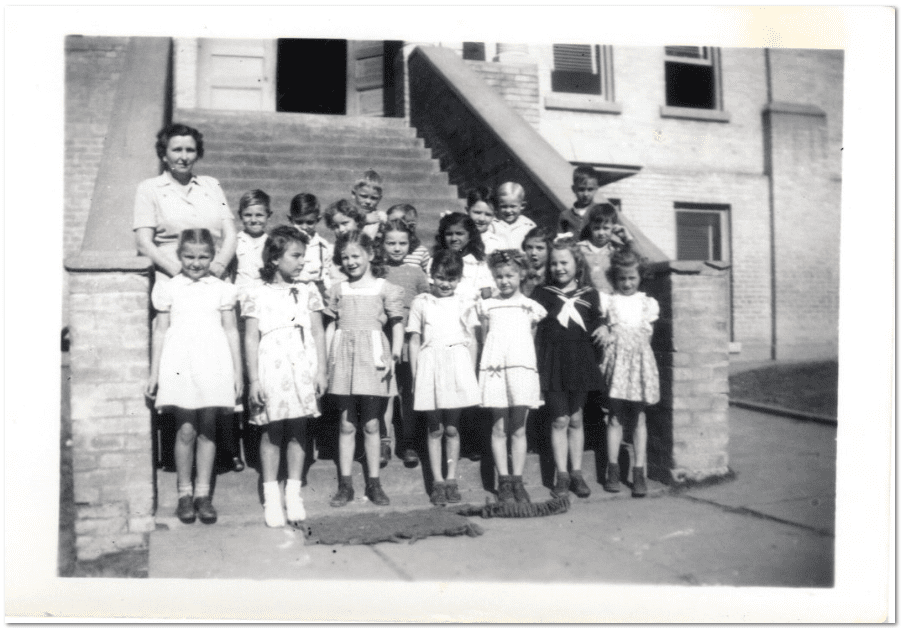
It’s a fair question considering that all of our ancestors started life as children. My guess is that most family historians would reply that children don’t leave a record trail, or that their lives aren’t as documented as adults—and that is why genealogists don’t spend much time researching their ancestors’ early years.
But there are instances where children do leave a paper trail. A visit to the Abraham Lincoln Presidential Library in Springfield, Illinois, reinforced this fact to our family when we viewed a photographic exhibit of Civil War soldiers. Boys as young as 9 years served in the Civil War, and some of them were photographed.
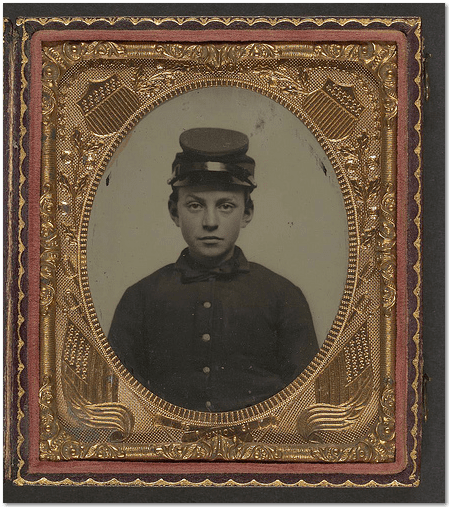
From: Library of Congress. Flickr, The Commons. Accessed 23 March 2013.
http://www.flickr.com/photos/library_of_congress/5229153190/
While children are too young to leave the type of documentation reserved for adults, they do leave behind records. A birth record or church christening announcement may start your search, depending on the time period. School records are another choice for researching kids. Don’t forget the variety of articles found in a local newspaper.
Obviously the era the child grew up in will determine what mentions could be found in the newspapers. But some ideas include:
Organizations
What organizations or clubs did the child belong to? By learning more about the history of the place your ancestor was from, you may identify groups that they may have taken part in, including organizations that were social, educational, ethnic or religious in nature.
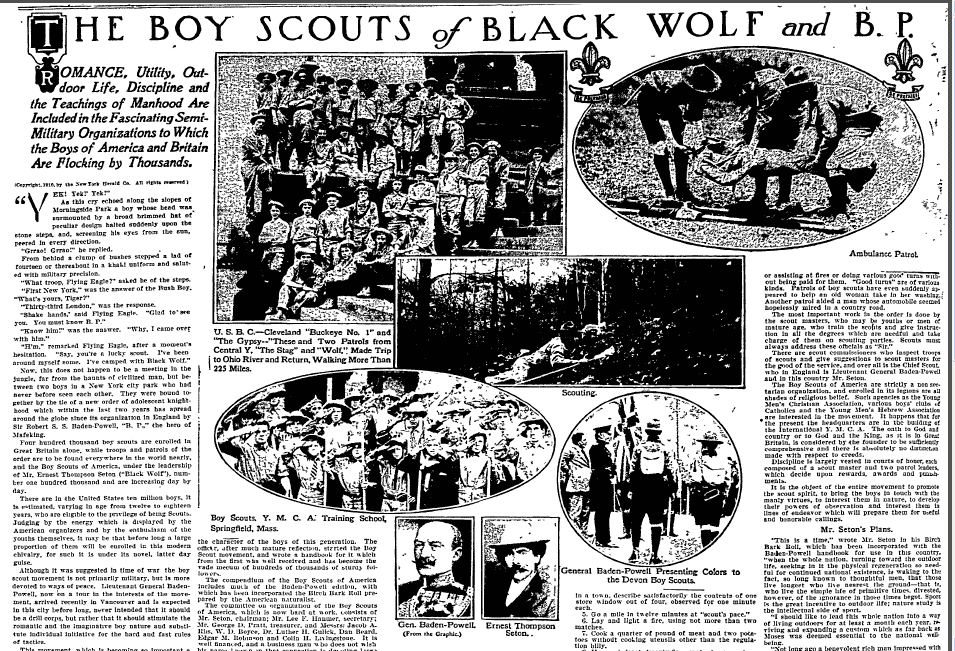
Although far from comprehensive, here is a list of some groups from the 20th century:
- 4-H (1902)
- Boy Scouts (1910)
- Girl Scouts (1913)
- YMCA Indian Guides (1926)
- Future Farmers of America (1928)
- Little League (1939)
School
In a previous blog article, “Searching Family History: Old School Records in the Newspaper,” I explored the types of newspaper articles that listed teachers and students.
As explained in that blog article, there are numerous types of articles mentioning children. From their achievements and awards, to sporting events and even misdeeds, you can find mentions of school children in local newspapers. One of the pluses to digitized newspapers is that a search of just a name can assist you in finding these mentions. Consider limiting your search by date as you explore GenealogyBank, allowing you to focus on an ancestor’s early years.
Letters to Santa
Reading letters to Santa from the late 19th and early 20th centuries reminds one how much better off materially most people are now.
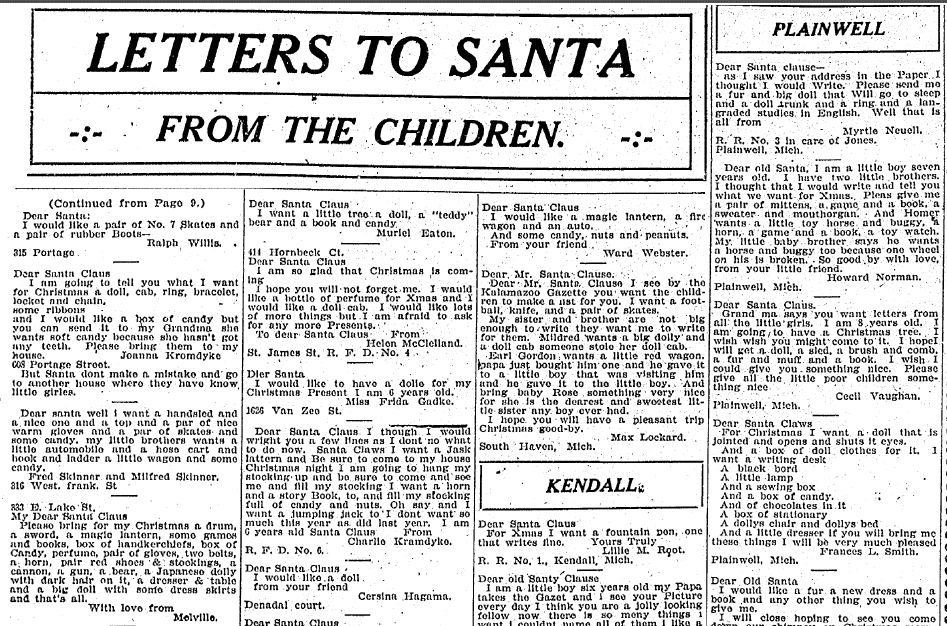
These letters range from requests for toys or food to desperate pleas for almost anything their parents couldn’t afford. These letters often include the child’s name and, in some cases, an address. What a great find to see the requests of your family member to the jolly guy in the red suit!
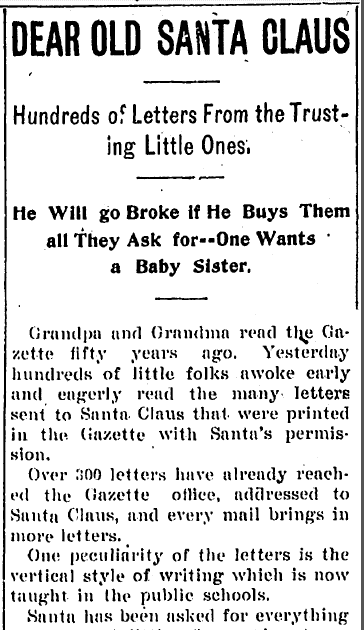
Social History
As with any genealogy research, consider social history when learning more about children from past generations. Use the newspapers as a local history source to get a sense of what organizations and activities your ancestors may have been involved in during their younger years. Read histories of the time to learn more about what childhood was like during their era. By learning more about the locality of your ancestor, you can learn more about what types of activities they may have enjoyed. Gaps in specific family records can be filled with broader social history information.
Keep your own children’s interests in mind! Including stories about their ancestors’ childhoods will stimulate present and future generations of children to take more interest in the family history you are documenting and preserving.
Explore over 330 years of newspapers and historical records in GenealogyBank. Discover your family story! Start a 7-Day Free Trial

Hello. I saw a first picture of children. I believe that the picture from Alexander Graham Bell School for the Oral in Cleveland, Ohio. The street was on 55th Street and Qunicy Ave or Street. It was around 1950. Thank you.
Deborah,
Unfortunately, my photo is not identified at all on the back. Did you attend that school?
I love this blog post. Your youngest asked a really good question, and bingo, you came up with a great series of answers. Children also are written about in family letters and photographed with the family. There are plenty of records! As you demonstrate. I think that most people are sort of waiting until children get older until they can be genealogically “counted.” You’ve gone a long way towards correcting that!
Mariann-
You’re absolutely right, there is so much that documents kids from family letters, diaries, school records and church records to newspapers.
I think some concentration on the kids in the family tree might also help entice the kids in our own present-day families to be interested in family history.
Thanks for your comments!
Gena